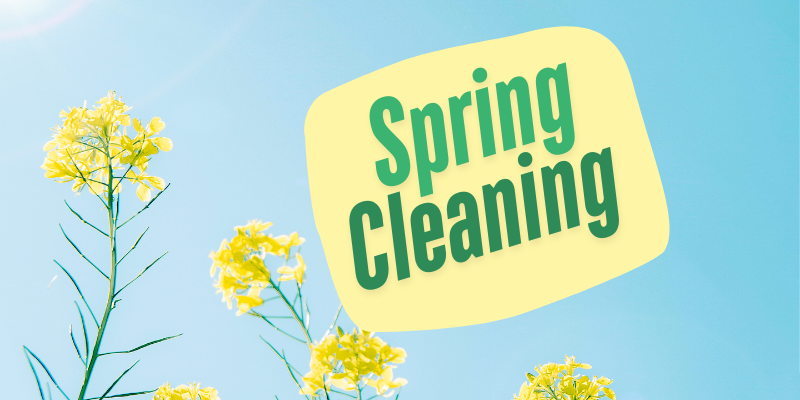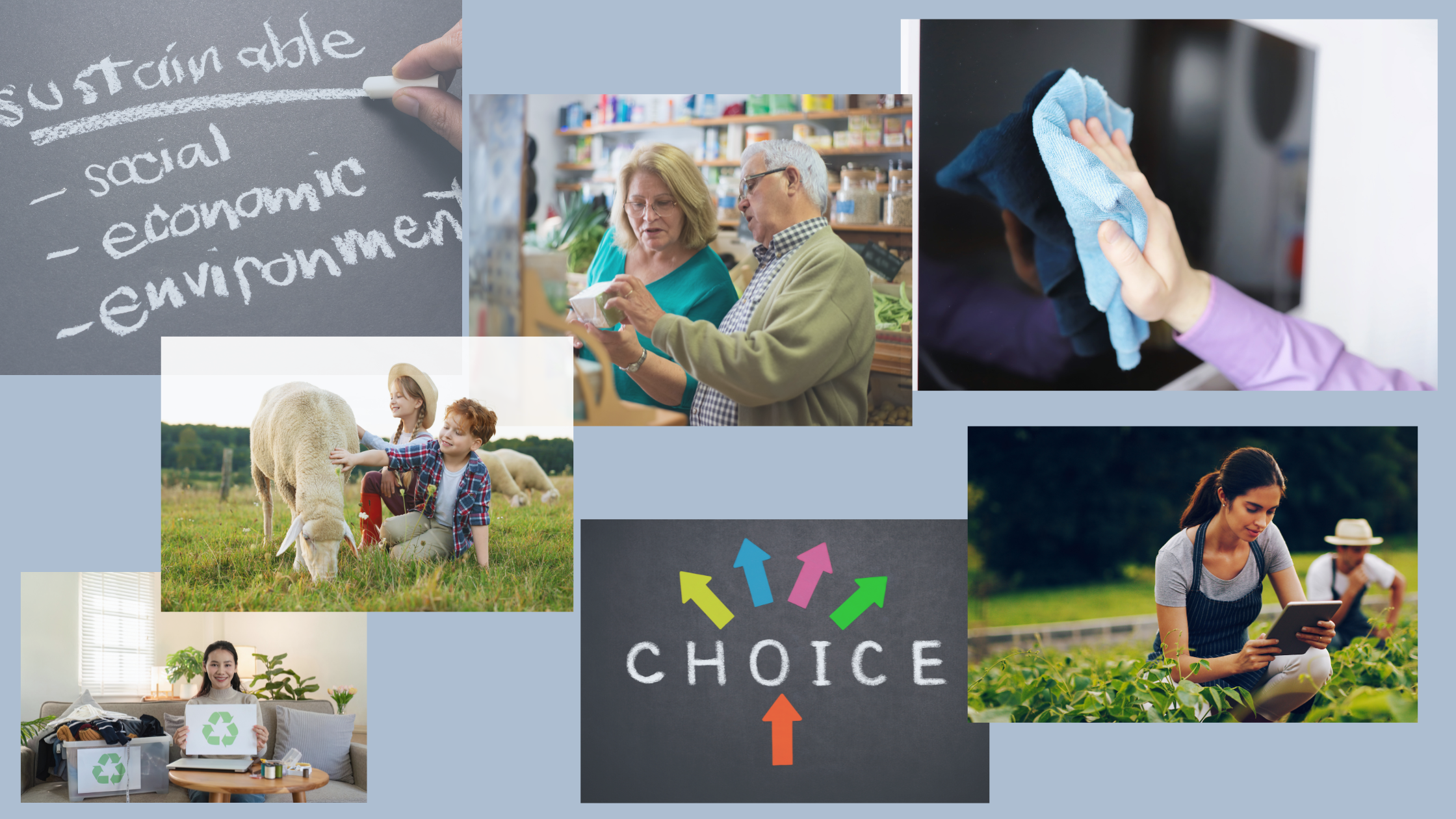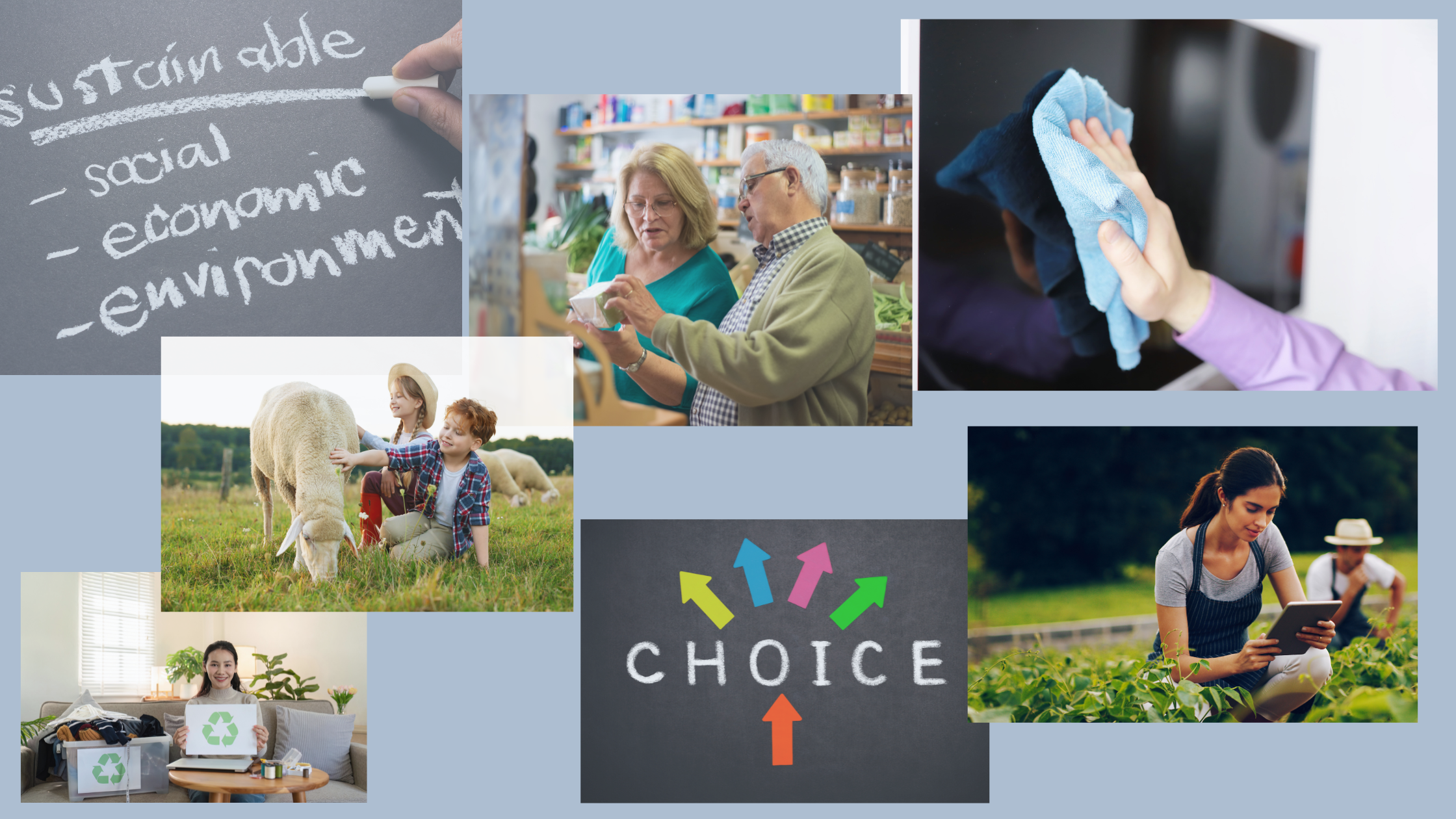The Hidden Risks of Using Only Antibacterial Products Around Children
As parents, it's natural to want to keep our children safe from harmful germs. We wipe down toys, scrub kitchen counters, and reach for products that promise to kill 99.9% of bacteria -believing that's what is best for our families. After all, a clean home feels like a safe home.
But what if "too clean" could actually be working against us? Science now suggests that relying solely on antibacterial products may have unintended consequences, particularly for children whose immune systems are still developing. While antibacterial products can serve a purpose, creating an overly sterile environment can sometimes do more harm than good. Understanding these risks helps us make more balanced, informed choices about the products we bring into our homes.
1. The Immune System Needs "Training"
The human immune system doesn't come fully equipped at birth - it learns. Early exposure to a variety of microbes helps children's bodies build recognition, tolerance, and appropriate responses to germs. This process is sometimes referred to as immune education (Rook,2012).
The increasingly sterile environments created by antibacterial products may be interfering with this crucial process, potentially contributing to rising rates of allergies, autoimmune conditions, and inflammatory disorders (Bloomfield,2016). Understanding how the immune system learns through microbial interaction reveals why our war against germs might be creating unintended casualties in our body's natural defense network.
2. The Risk of Antibacterial Resistance
Many antibacterial products contain active agents designed to kill bacteria on contact. Overuse of these agents, especially in household settings, can contribute to the development of antibacterial resistance (Aiello & Larson,2003)
This resistance doesn't just affect cleaning efficacy; it also has serious implications for medicine. Resistant strains of bacteria, sometimes called "superbugs," can render antibiotics less effective when they are truly needed. The Centers for Disease Control and Prevention (CDC) has identified antimicrobial resistance as one of the most urgent public health threats of our time (CDC,2019).
3. Chemical Exposure in Sensitive Populations
Children aren't just small adults - their skin, lungs, and metabolic systems are more sensitive to environmental exposures. Some antibacterial products contain ingredients such as Triclosan, which has been linked to hormonal disruption and potential effects on immune function (Weatherly & Gosse,2017).
Because children are closer to floors, surfaces, and toys (and often put their hands in their mouths), their risk of ingesting or absorbing residues from harsh cleaning agents is higher than adults. Over time, repeated low-level exposure may contribute to developmental and health concerns.
4. The Illusion of "Better" Protection
A common misconception is that antibacterial always means safer. In fact, regular soap and water or natural cleaners are often just as effective for routine household cleaning (Aiello,2007). Over-resilience on antibacterial products can create a false sense of security, while exposing children to unnecessary risks and depriving their immune systems of important microbial encounters.
5. Creating a Balanced Environment

The goal isn't to abandon cleaning - it's to clean smarter. Parents can reduce risks by:
- Using non-toxic cleaning products for everyday use.
- Reserving antibacterial products for higher-risk situations (such as disinfecting after an illness).
- Encouraging healthy exposure to nature and outdoor play, where children can safely interact with diverse microbes that help strengthen immunity (Hanski 2012).
Final Thoughts
Every parent wants the same thing: a home that feels safe, healthy, and welcoming for their children. But safe doesn't have to mean sterile. In fact, creating an environment that allows kids' immune systems to encounter and learn from the everyday microbes of life is one of the greatest gifts we can give them.
The research is clear - overusing antibacterial products may unintentionally undermine the very defenses we're trying to protect. By making thoughtful choices, we can strike a balance, keeping our homes clean and comfortable without stripping away the natural exposures that help children grow stronger.
At the end of the day, it's not about fighting every germ-it's about giving our kids the best foundation for lifelong health.
References
- Aiello, A. E., & Larson, E. L. (2003). Antibacterial cleaning and hygiene products as an emerging risk factor for antibiotic resistance in the community. The Lancet Infectious Diseases, 3(8), 501–506.
- Aiello, A. E., Marshall, B., Levy, S. B., Della-Latta, P., Lin, S. X., & Larson, E. (2007). Antibacterial cleaning products and drug resistance. Emerging Infectious Diseases, 13(10), 1557–1564.
- Bloomfield, S. F., Rook, G. A., Scott, E. A., Shanahan, F., Stanwell-Smith, R., & Turner, P. (2016). Time to abandon the hygiene hypothesis: New perspectives on allergic disease, the human microbiome, infectious disease prevention and the role of targeted hygiene. Perspectives in Public Health, 136(4), 213–224.
- Centers for Disease Control and Prevention (CDC). (2019). Antibiotic Resistance Threats in the United States, 2019.
- Hanski, I., von Hertzen, L., Fyhrquist, N., Koskinen, K., Torppa, K., Laatikainen, T., … Haahtela, T. (2012). Environmental biodiversity, human microbiota, and allergy are interrelated. Proceedings of the National Academy of Sciences, 109(21), 8334–8339.
- Rook, G. A. (2012). Hygiene hypothesis and autoimmune diseases. Clinical Reviews in Allergy & Immunology, 42(1), 5–15.
- Weatherly, L. M., & Gosse, J. A. (2017). Triclosan exposure, transformation, and human health effects. Journal of Toxicology and Environmental Health, Part B, 20(8), 447–469.




